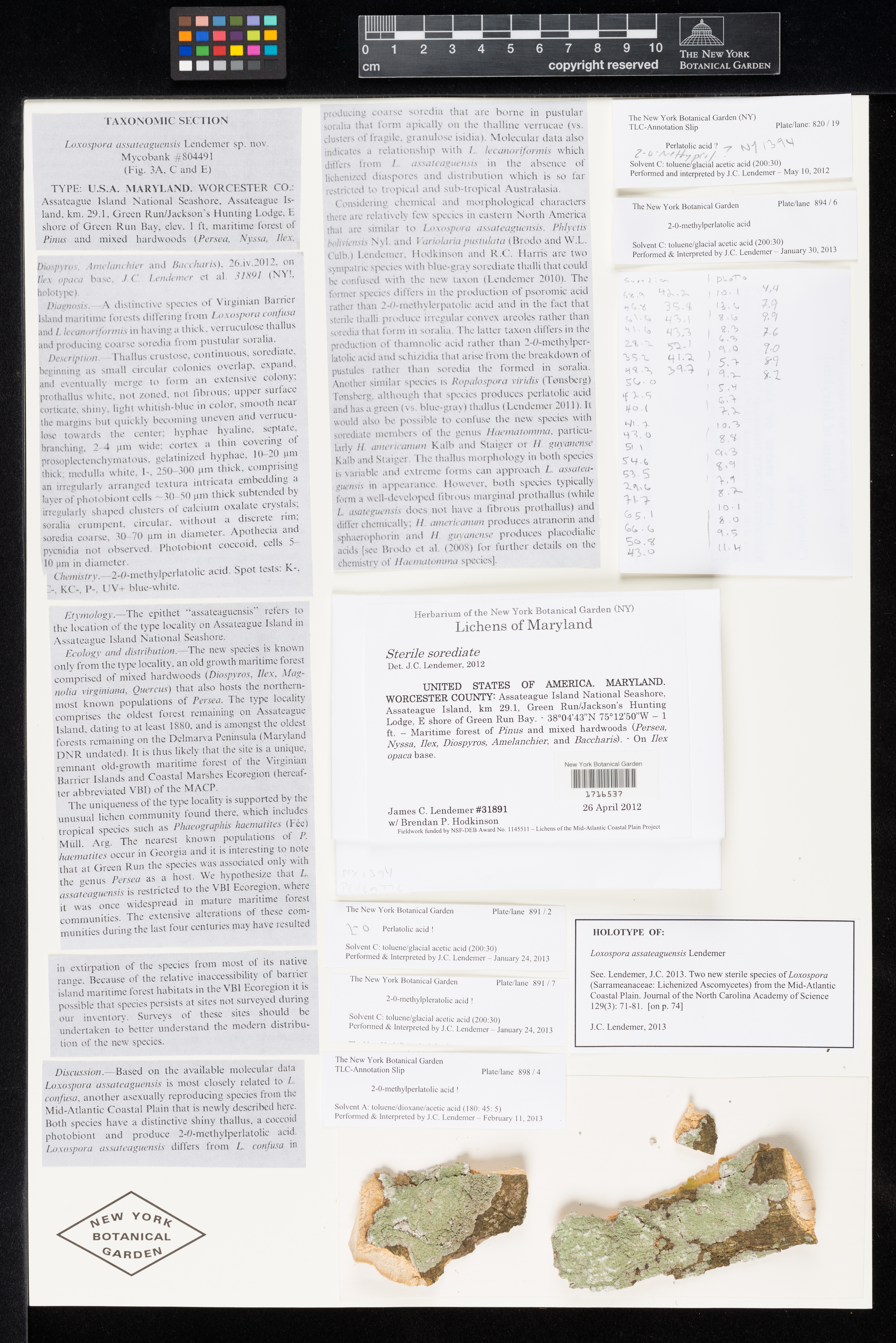Sep 26 2019
In The Mid-Atlantic region of the United States, from Massachusetts to North Carolina, is slated to see sea levels are rise three times as fast as the global average¹. This area is also considered a global biodiversity hotspot for lichens² ³. NYBG lichen curator James Lendemer and colleagues have described several new species of lichens from this region, some of which are likely narrowly endemic, only occuring in a very limited range. Others may have more than a single population, but are still restricted to very low elevation habitats that will almost inevitably be inundated by salt water by the year 2100. Above are three examples of recently-discovered species that may soon be lost.





